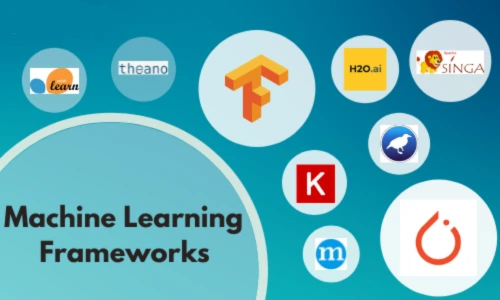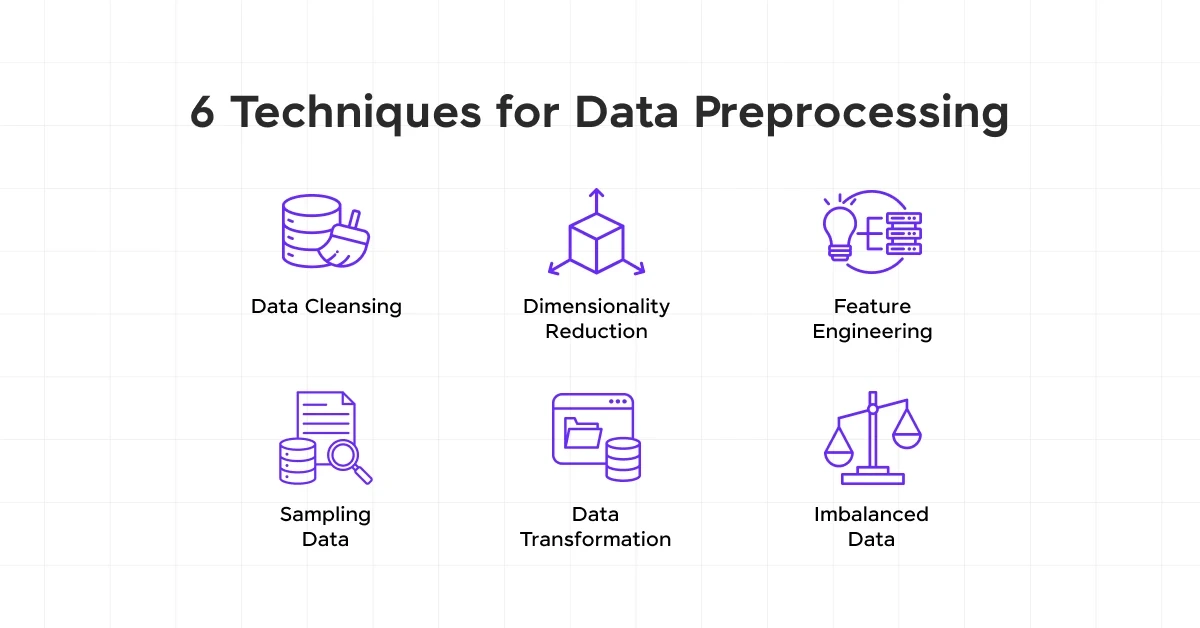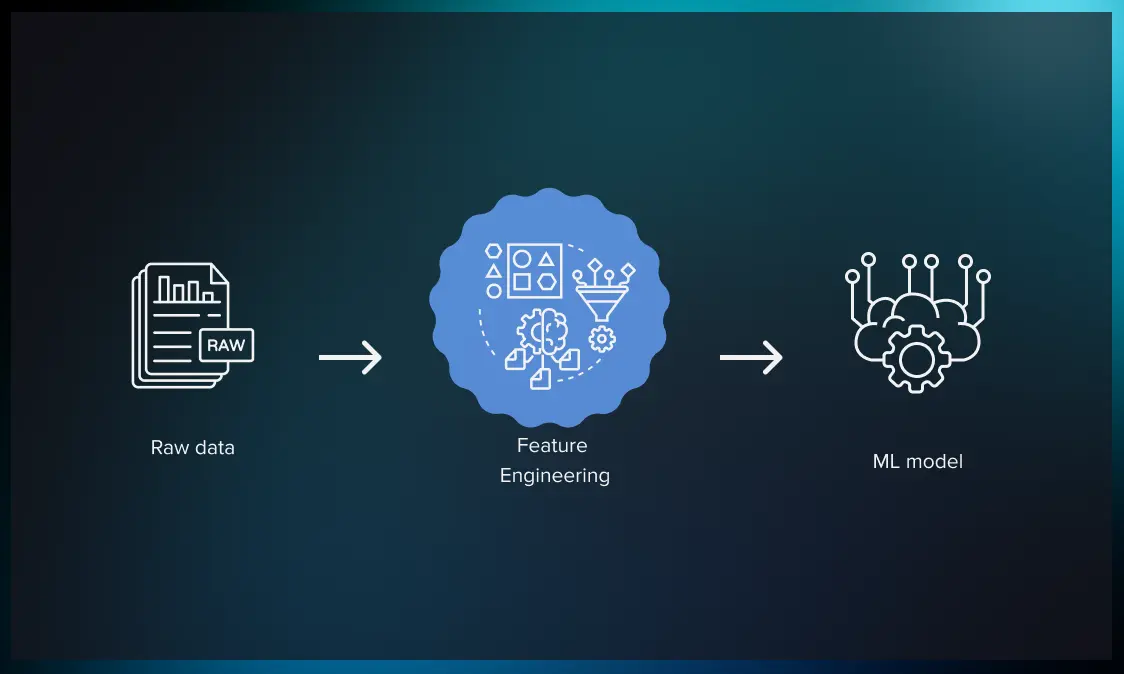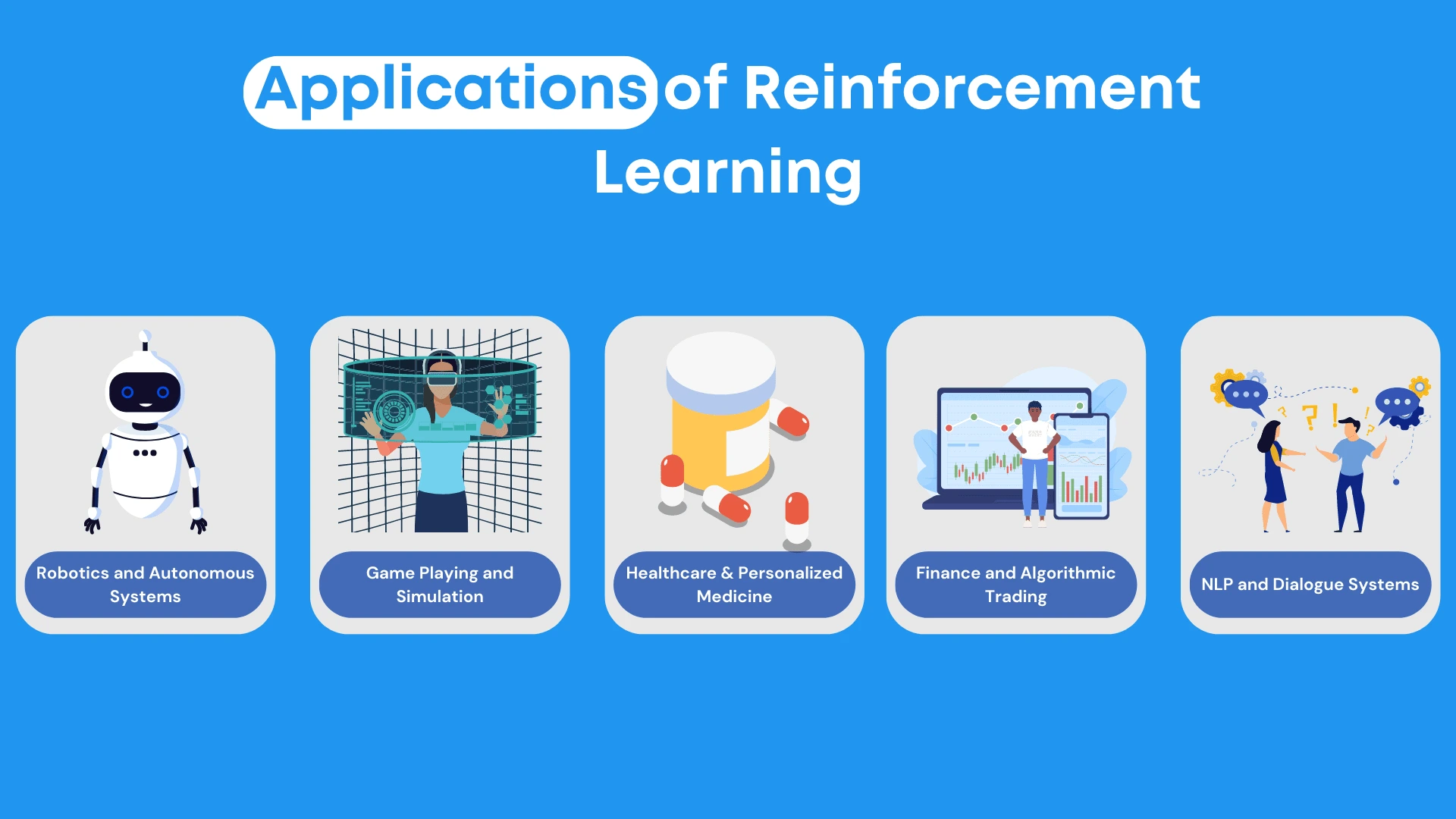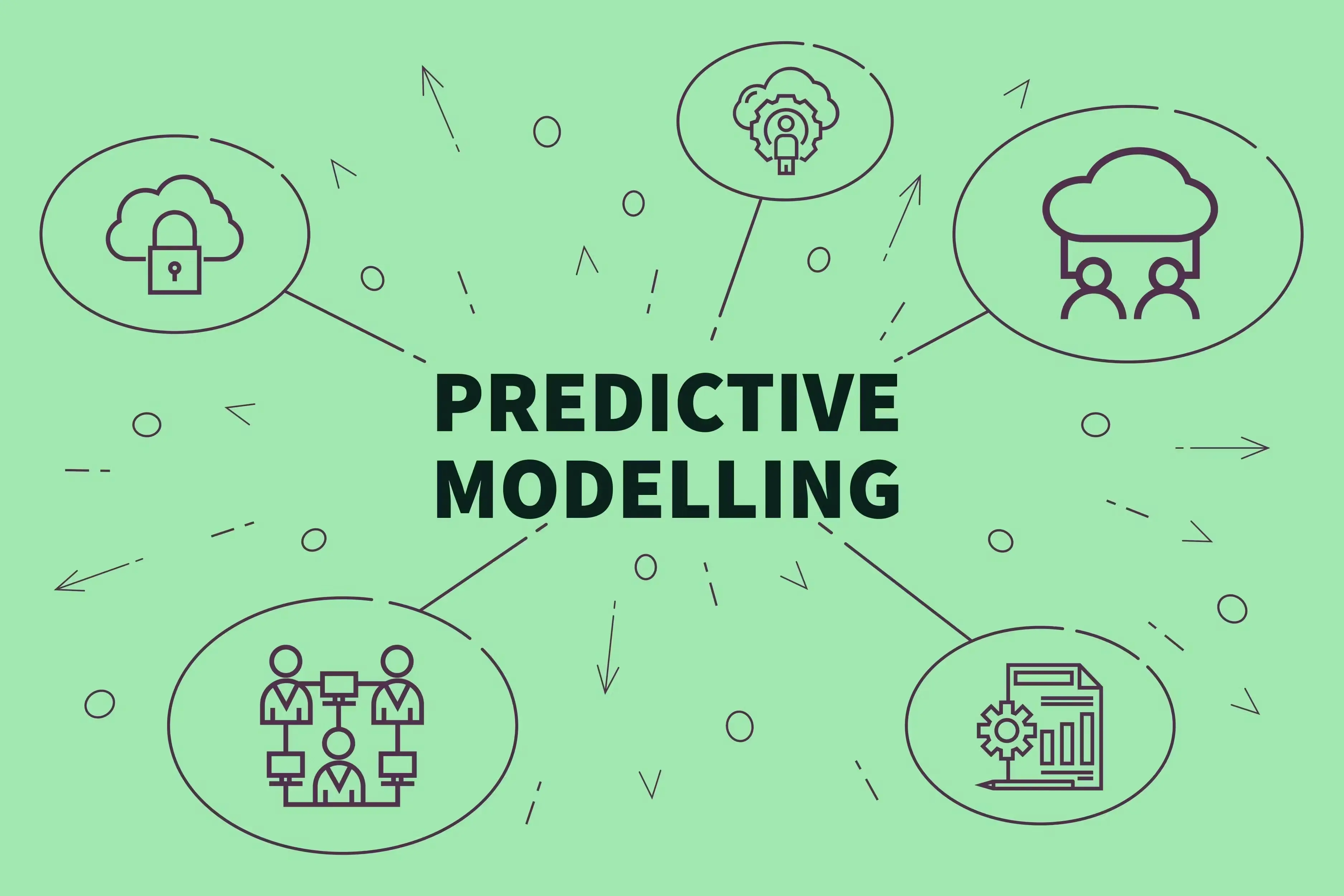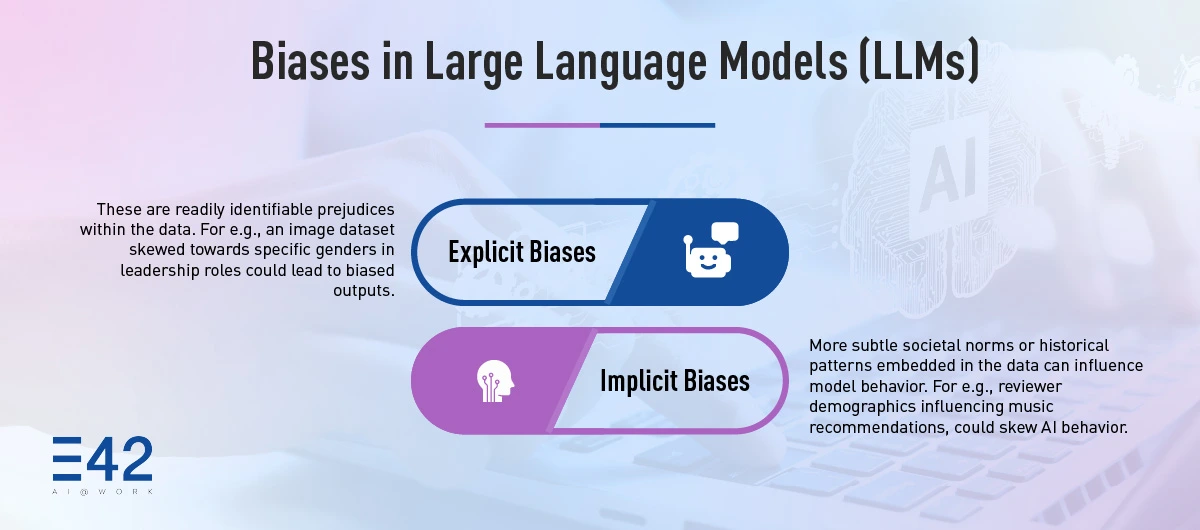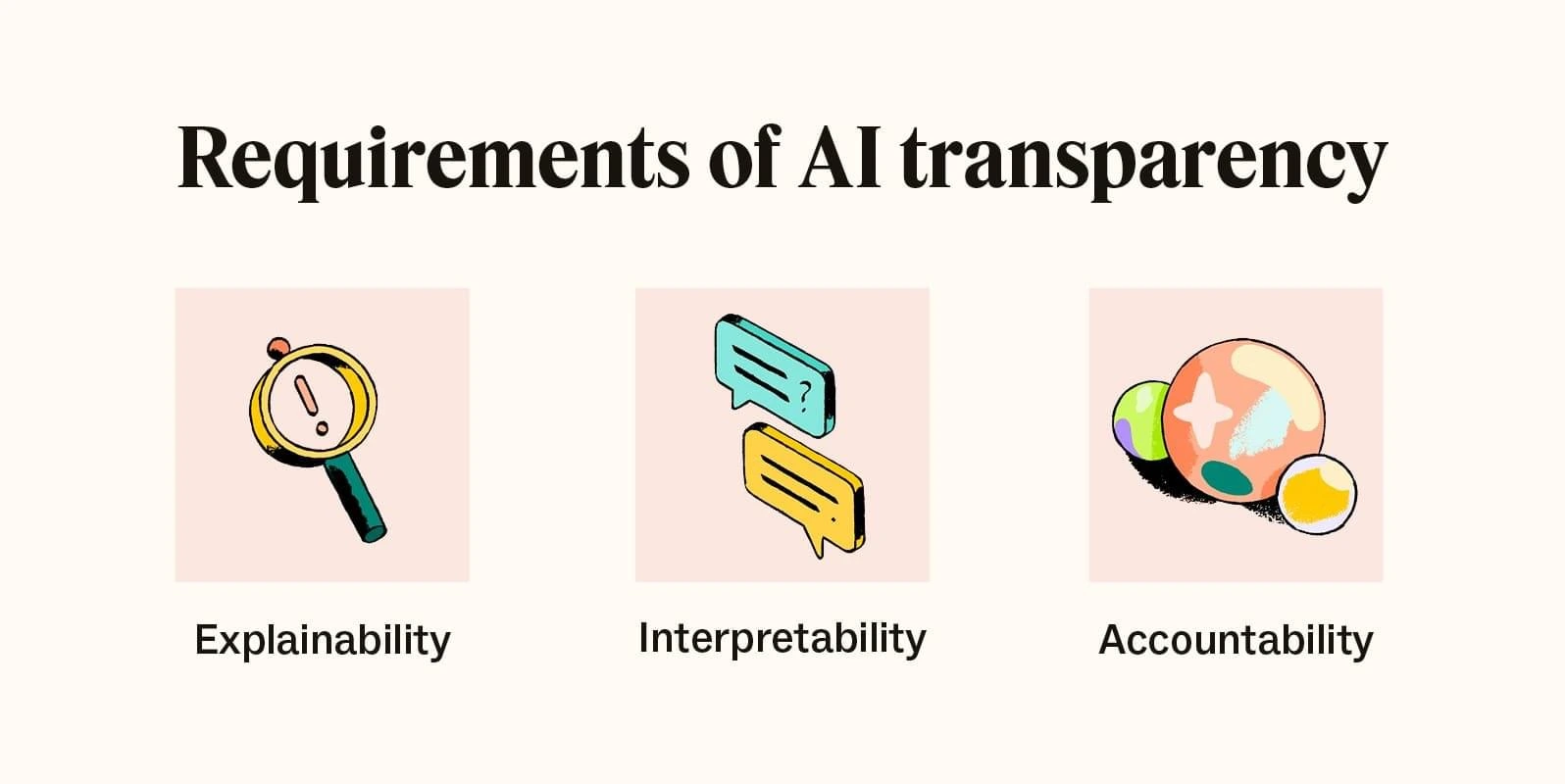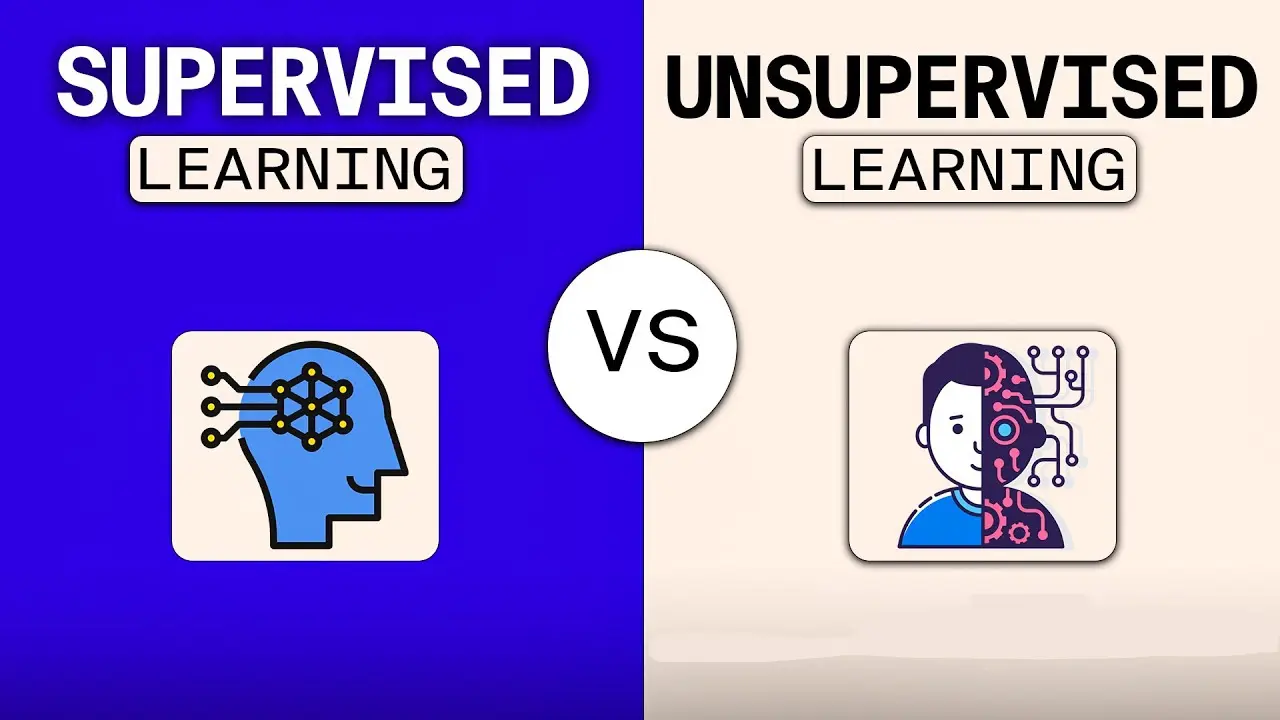Machine learning is no longer confined to research labs and academic institutions. Thanks to an array of open-source frameworks and libraries, the power of machine learning is now accessible to developers, startups, and even enthusiasts worldwide. These tools provide the backbone for everything from predictive modeling to neural network development, making machine learning projects less daunting and more innovative.
Ever dabbled in machine learning and felt overwhelmed by where to begin? Trust me, you're not alone. A few years ago, when I first encountered the world of AI, I found myself lost in a sea of jargon and frameworks. But as I explored these open-source tools, things started to click, and my productivity skyrocketed.
Let’s break down some of the best open-source machine learning frameworks and libraries, their strengths, and the use cases that might resonate with your projects.
1. TensorFlow
TensorFlow feels like that reliable workhorse every machine learning enthusiast eventually turns to. It’s versatile, capable of handling anything from simple neural networks to complex models for computer vision and natural language processing.
When I started experimenting with TensorFlow, what struck me was its flexibility. Whether you’re training on a small dataset or deploying a high-scale model, TensorFlow adapts seamlessly. And the best part? The TensorFlow community is massive, so finding solutions to tricky problems is often just a forum post away.
Key Highlights:
- Ease of deployment: Use TensorFlow.js for browser-based apps or TensorFlow Lite for mobile solutions.
- Built-in scalability: Whether you're experimenting locally or scaling in a distributed environment, TensorFlow handles it effortlessly.
Ideal For:
- Image recognition
- Natural language processing
- Time series prediction
2. PyTorch
PyTorch is all about simplicity and speed. Its dynamic computation graph was a game-changer for me, especially when working on projects requiring rapid prototyping. Unlike TensorFlow’s earlier versions, which felt rigid, PyTorch lets you tweak your model as it trains.
Think of it as your sandbox for AI experimentation. PyTorch is particularly favored in academia, so if cutting-edge AI innovations excite you, this framework deserves your attention.
Key Highlights:
- Dynamic computation graph: Modify your neural networks on the fly.
- Integration with Python: PyTorch feels native for Python enthusiasts.
- TorchServe: Deploy PyTorch models at scale without breaking a sweat.
Ideal For:
- Neural network research
- Building custom architectures
- Small-scale experiments that need agility
3. Scikit-Learn
For beginners or anyone dabbling in classic machine learning algorithms, Scikit-Learn is an invaluable companion. During my early days with machine learning, this library taught me everything from regression to clustering without the steep learning curve.
Scikit-Learn is perfect for those foundational moments—when you're learning the ropes and getting hands-on with the basics of supervised and unsupervised learning.
Key Highlights:
- Pre-built algorithms: A rich collection of supervised and unsupervised learning methods.
- Clean API: Minimal boilerplate code and intuitive syntax.
- Great for small datasets: If computational power is limited, Scikit-Learn performs like a charm.
Ideal For:
- Predictive modeling
- Clustering and classification tasks
- Building quick prototypes for proof-of-concept
4. Keras
Keras is like that friend who simplifies everything complicated. As a high-level neural network API, it’s beginner-friendly without sacrificing power.
What surprised me was how Keras makes implementing neural networks feel like assembling blocks in a puzzle. Even when tackling challenging projects, Keras feels forgiving and intuitive.
Key Highlights:
- User-friendly: Simplifies complex neural network tasks.
- Flexible backend: Use TensorFlow or Theano as the computing engine.
- High modularity: Quickly prototype and experiment with models.
Ideal For:
- Beginners learning deep learning
- Rapid prototyping for deep learning projects
5. Apache MXNet
MXNet stands out for its scalability. If you're building solutions requiring cloud integration or distributed systems, MXNet might be your answer. I once worked on a project involving real-time predictions on video data, and MXNet handled the load impressively.
Key Highlights:
- Cloud-ready: Native integration with AWS.
- Optimized performance: Leverages hardware acceleration for faster training.
- Supports multiple languages: Python, Scala, Julia, and more.
Ideal For:
- Cloud-based applications
- Large-scale machine learning models
6. OpenCV
OpenCV specializes in computer vision and image processing. I remember the first time I used OpenCV for a facial recognition project. Watching the algorithm identify faces in real-time felt magical.
Key Highlights:
- Extensive library: Tools for image and video analysis.
- Lightweight: Optimized for real-time applications.
Ideal For:
- Object detection
- Image and video analysis
- Augmented reality
7. Fast.ai
Fast.ai lives up to its name, offering high-level abstractions for rapid experimentation. It’s a game-changer for anyone intimidated by complex frameworks but eager to dive into deep learning.
Key Highlights:
- Simplified workflows: Build state-of-the-art models with minimal code.
- Comprehensive documentation: Learn as you build.
Ideal For:
- Beginners in deep learning
- Researchers needing quick prototyping
How These Frameworks Simplified My Workflow
Machine learning frameworks aren’t just tools; they’re enablers. For me, they bridged the gap between theory and real-world implementation. These libraries taught me to focus on solving problems rather than wrestling with the underlying code.
